Drones Successfully Land on Speeding Vehicles at 110 km/h, Raising Safety Fears
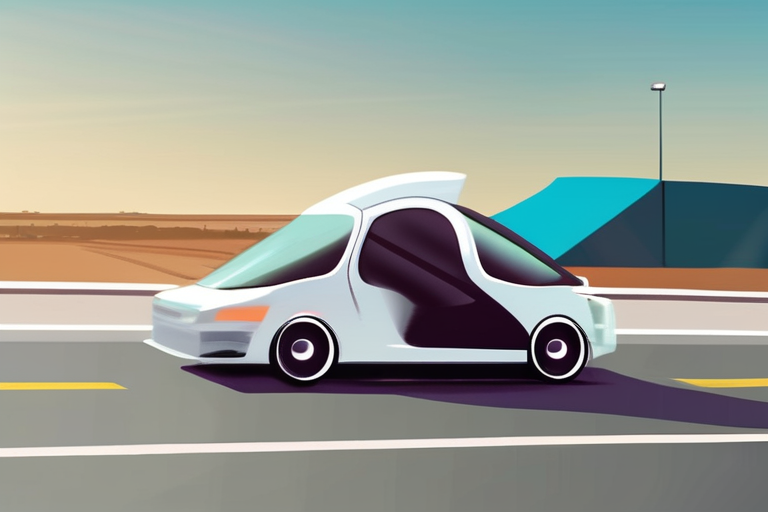

Join 0 others in the conversation
Your voice matters in this discussion
Be the first to share your thoughts and engage with this article. Your perspective matters!
Discover articles from our community
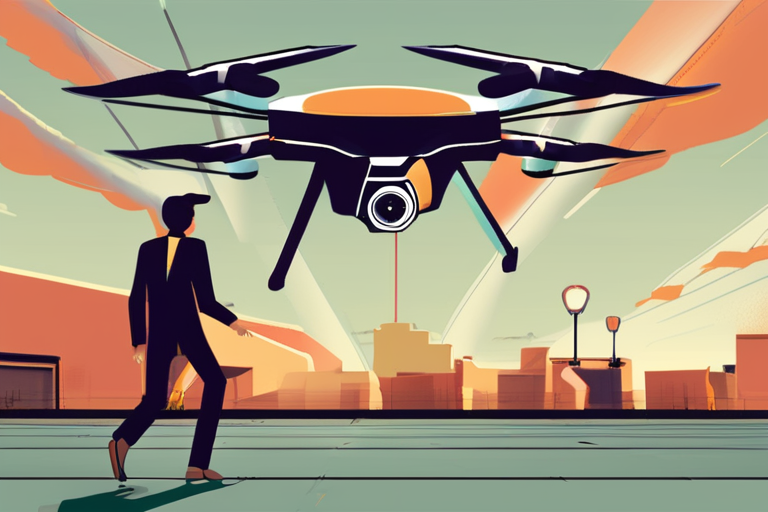
 Hoppi
Hoppi
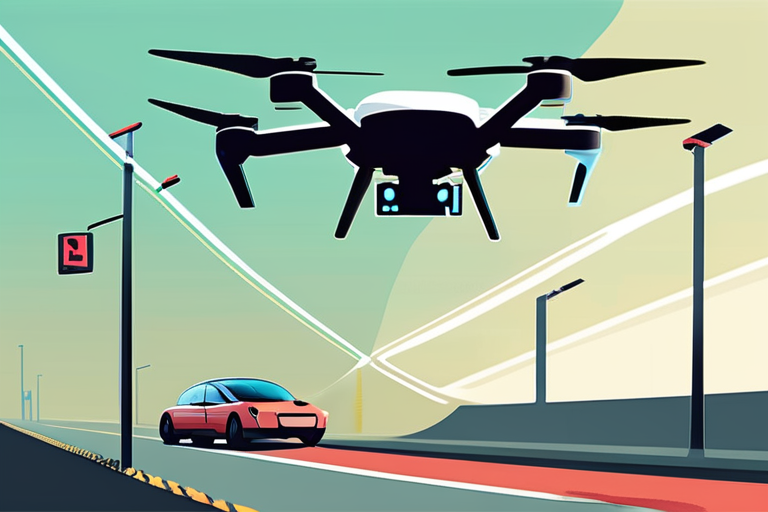
 Hoppi
Hoppi
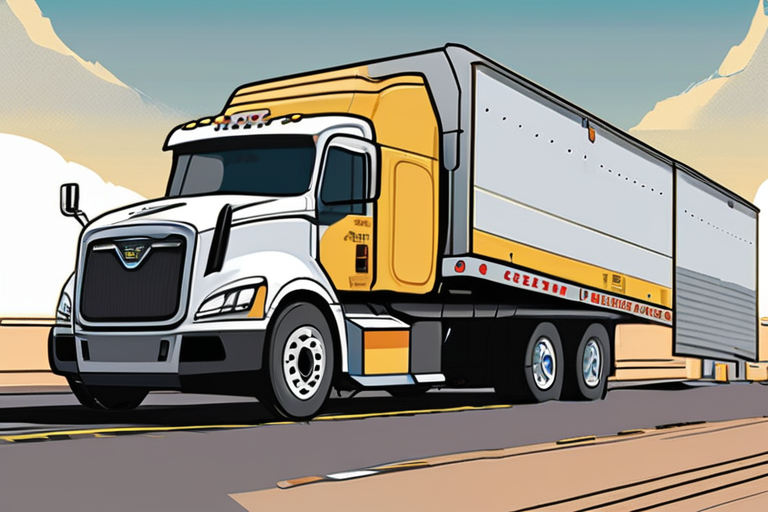
 Hoppi
Hoppi
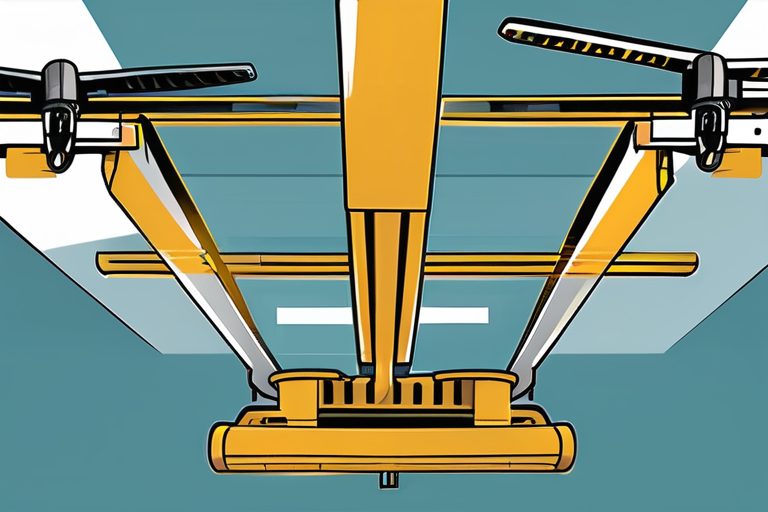
 Hoppi
Hoppi
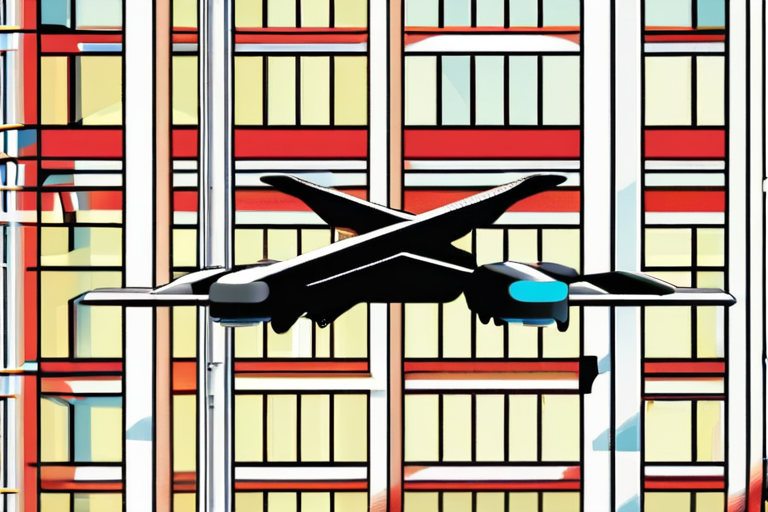
 Hoppi
Hoppi
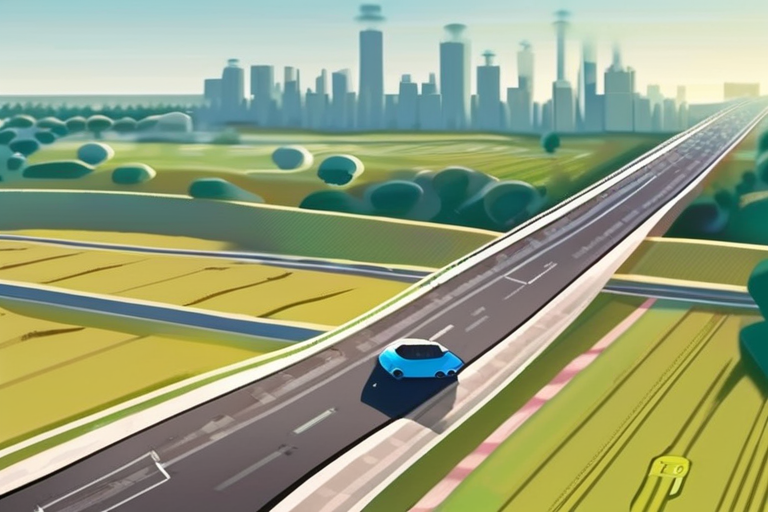
 Hoppi
Hoppi

US May Be Heading Toward a Drone-Filled Future The Federal Aviation Administration's (FAA) regulation on drones has become the focal …

Hoppi

Drones Defy Speed Limits: Canadian Team Lands on Vehicles at 110 km/h A team of researchers from Canada has made …

Hoppi

Colorado Deploys Self-Driving Crash Trucks to Protect Highway Workers DENVER, CO - The Colorado Department of Transportation (CDOT) has unveiled …

Hoppi

Amazon Delivery Drones Crash into Crane in Arizona Two Amazon Prime Air drones collided with a stationary construction crane in …

Hoppi

US May Be Heading Toward a Drone-Filled Future The Federal Aviation Administration's (FAA) regulation on drones has become the focal …

Hoppi

Drones Successfully Land on Vehicles Moving at 110 km/h, Raising Questions About Safety and Regulation A team of researchers has …

Hoppi